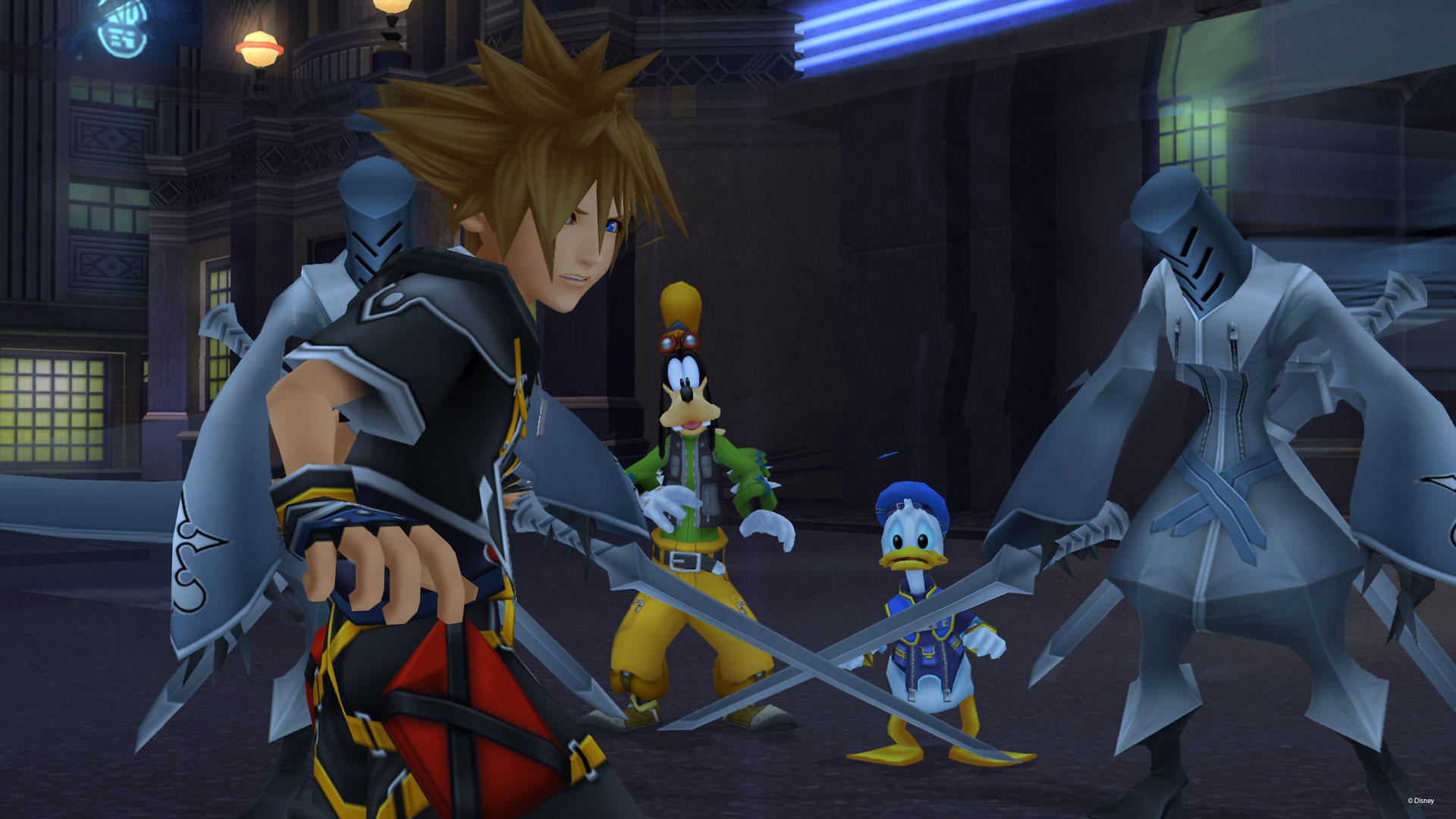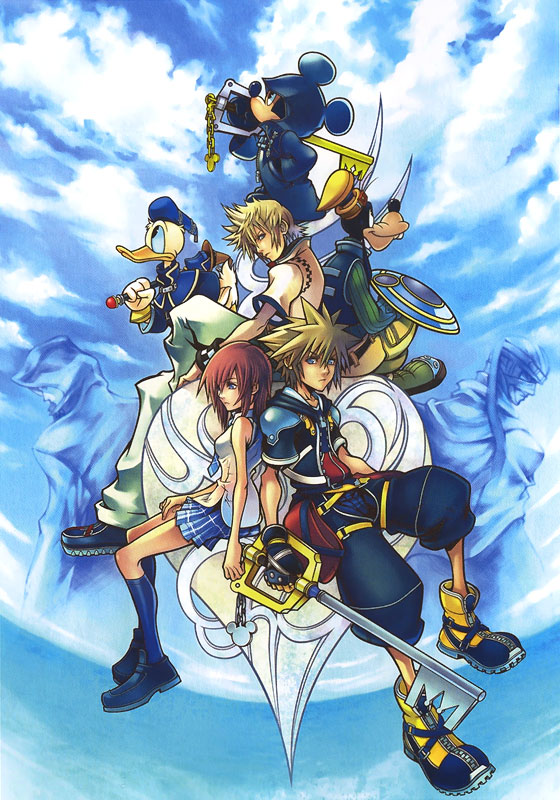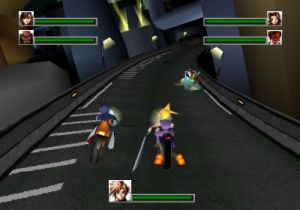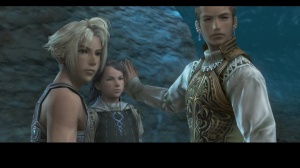I usually prefer games that aim to engage you through story telling. The kind that leaves a lasting impression with surprising twists and a cast of well written, memorable characters.
Some RPGs have a linear focus on narrative progression, often bleeding into a linear focus on gameplay systems. Characters move from one set location to the next, gaining experience points by fighting monsters, enemies and boss battles as the story dictates. The newly released Final Fantasy XVI is a showcase of this structure.

Other RPGs focus more on world and map design, such as the Xenoblade Chronicles series. It still retains an emphasis on a deep and complex narrative, but also encourages exploration of the world and rewards discovery of secret locations and going off the main path.
Although classified as more Action Adventure games, previous The Legend of Zelda titles had a focus on their story and many (not all) had a fairly linear progression of how that adventure unfolded. Follow the story to the next location, gain access to the next dungeon, solve the puzzles in that dungeon while acquiring a new item or skill, overcome the boss and then move onto the next location within the story.

The Legend of Zelda: Breath of the Wild sought to tear down these pillars of game design and provide the player with a truely open and explorable world. Offer a freedom of adventure rarely seen in modern games. It asks the player not only WHERE do you want to go next, but also HOW are you going to get there. There are no boundaries, there is no set path. See that mountain peak in the distance? See that town beyond the desert? See that castle over the ridge? See that island off the coast? You can go there whenever you like.

The story then takes a back seat because of this gameplay concept. The main narrative of the game has already happened, 100 years ago. You are living in the aftermath of that story, exploring a world that is dealing with the fallout of the destruction Calamity Ganon brought upon Hyrule, some still feeling regret and bitterness to what has happened, few clinging to the idea that victory is still possible and others moving on and trying to forge a new path forward. The storytelling is subtle and largely hands off in its approach. The focus is on your own adventure, almost an intrinsic desire to explore and progress how you see fit. The main narrative is in the background, instead it’s the minute to minute moments you create for yourself that the game ultimately champions. There are treads of story you can follow if you are intrigued by searching for memories that help flesh out the events of the past or you can just push ahead on your own path, the choice of how you experience the story is up to you.

Early in the game you are set free from the shackles of the Great Plateau, essentially the tutorial area of the game (albeit a sizeable one). You paraglide down into the vast kingdom of Hyrule and the world is yours to explore. You are recommended to head east to Kakariko Village, beyond the Dueling Peaks to seek out Impa and learn about the Divine Beasts and Zelda’s fate. It is here you have many options available to you.
You can take the direct route, travelling along the road, sneaking through the Outpost Ruins, avoiding or engaging in combat with the Bokoblins and Moblins patrolling the area. Making your way to Proxim Bridge and following along the river that splits the giant mountain looming over you. Going through the valley created by the Dueling Peaks, means battling against the water dwelling Lizalfos until you make it to the other side where you find the Dueling Peaks stable, allowing you the ability to tame a horse to help make your journey to Kakariko Village faster and easier.

Or you could try a different approach by aiming to climb to the summit of the Dueling Peaks. Climbing this early in game is a difficult and a slow process so you might choose to search for a place to stop and cook a meal to be able to refill your stamina to make the climb possible, or seek out a few of the nearby Shrines to collect spirit orbs to be able to permanently increase your stamina wheel. There is also a Sheikah Tower near the river you can climb to reveal a map of the surrounding area to give yourself more knowledge of the terrain to help make a more informed decision of how to progress. Making it to the top of tower also allows you to paraglide down from a higher point to open up other ways to navigate the Dueling Peaks. Even the enemies of the surrounding area can be dealt with in a number of ways. There is camp of Bokoblins on the beach near the foot of the Dueling Peaks and you can choose how you want to approach them. Fight them head on with your swords and spears, pick them off from afar with your bow and magnesis rune, or cross the river by finding a boat or using your cryonsis rune to build pillars of ice over the water to sneak around them.

Of course the other option you have is to disregard all this entirely. Venture off into any other direction you desire, go south and cross the Hylia Bridge towards the Faron Region, head north through Central Hyrule towards the castle and encounter the unrelenting attack of the spider like Guardians. Go west and search for the desert you could see glimpses of from the Great Plateau. Giving the player the agency to make these decisions is what Breath of the Wild revels in.

Breath of Wild’s adventure is yours to decide. It is the ultimate idea of the journey is more important than the destination. You shape your own stories and adventures within the world as you see fit. Sometimes it is as simple as the challenge of climbing to the peak of mountain to see the beauty of the sunset over the landscape, another time it is preparing yourself for a duel against a fearsome Lynel, another is the joy of wandering curiously through a forest of ancient ruins to hunt for hidden Koroks.
Never have I played a game that made me feel like I had total freedom to craft the journey as I wanted it to be, where dangers, beauty and adventure was around every corner as long as I was willing to go and search for it.

















































